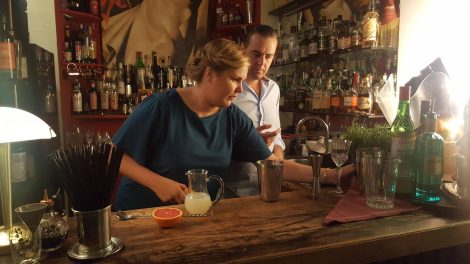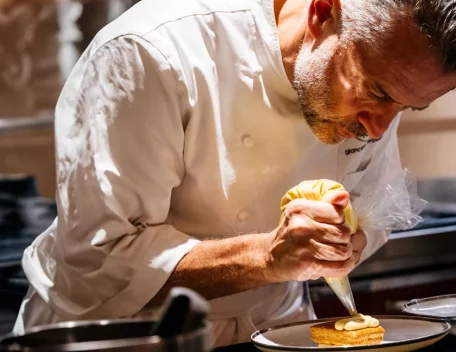Casale del Giglio, a winery in Lazio
Località Le Ferriere, a hamlet of Latina, southern Lazio: these are the coordinates for one of the most important wineries in the region: Casale del Giglio. Antonio Santarelli is the proud owner who has successfully continued the work begun by his father Dino. Before their arrival in this area, the Agro Pontino was certainly not a territory famous for its wine production, but for the Santarellis, coming into a virgin area represented a challenge that allowed them to pour in interpretative and agronomic freedom. With the precious help of oenologist Paolo Tiefenthaler, Antonio began a complex adventure that immediately included planting 57 different experimental vines, "The oenological history of Casale del Giglio - he says - developed thanks to three essential and unique moments in the Lazio wine scene: a first phase of experimentation in which we literally created a territory of quality wine in the Agro Pontino; a second consolidation where we demonstrated that this territory could produce wines with great personality and unique for Italy; and the third, which we are still experiencing, is the rediscovery and enhancement of the wine making traditions typical of the region, such as viticulture of the island of Ponza, the rebirth of the bellone grape, the search for elegance in the Cesanese area, as well as the creation of a classic method from pecorino grapes or, alternatively, a great white for aging." In fact, from Ponza to Satrico, from Anzio to Olevano and to Amatrice, the winery's attention is increasingly focused on enhancing enclaves of territories where respect for nature, quality of the vines and human work are in perfect synergy.
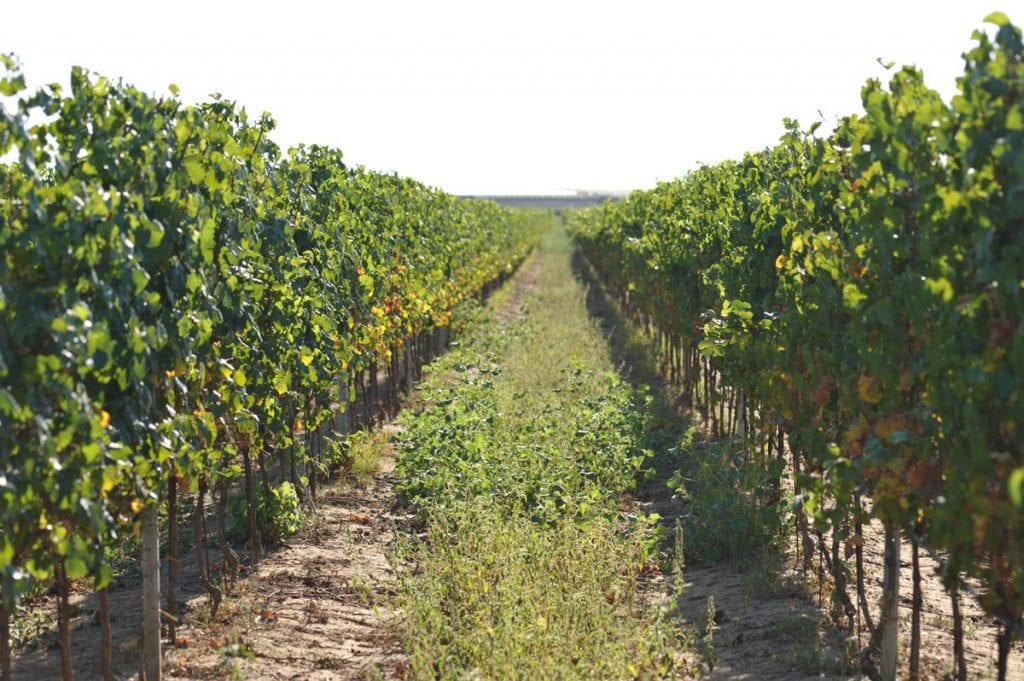
The wines of Lazio around the world
A perspective that also embraces the preservation of the past, as evidenced by the archaeological excavations on the Ferriere property that have brought to light the sanctuary of Mater Matuta (VII-VI century BCE) and the settlement of the ancient Satricum. “The native grape varieties of Lazio - continues Antonio - have deep roots in history, unfortunately they've been neglected for too long. The strength of these varieties and especially of this territory lies in their strong diversity. They range from bellone that has found its ideal environment in the sandy soils on the sea, to Cesanese which expresses the maximum of its quality potential in the mountains of the Olevano, Piglio and Affile zones. This strong biodiversity between the various areas is essentially dominated by two factors, the influence of the sea and the vast volcanic area of the Castelli and Monti Lepini, which contribute to giving great identity to the individual grapes. Making the wines of Lazio known around the world is not limited to talking about native grape varieties but also, and few areas in the world can do this, talking about history." All this gives life to a wide range of wines, the result of tests and experiments that have been increasingly refined over time, up to the development of products with varieties that have best adapted to the pedoclimatic characteristics of the various areas: "For some time now, the interest of Paolo Tiefenthaler has increasingly focused on a smaller number of grapes which are certainly able to enhance the specifics of this territory, where a particularly favourable mild climate contributes to giving wines of duration, elegance and great flavour. The wines of the future in Casale del Giglio will be long-lived, sustainable, increasingly an expression of the terroir and the interaction between man-climate-soil-grape-history."
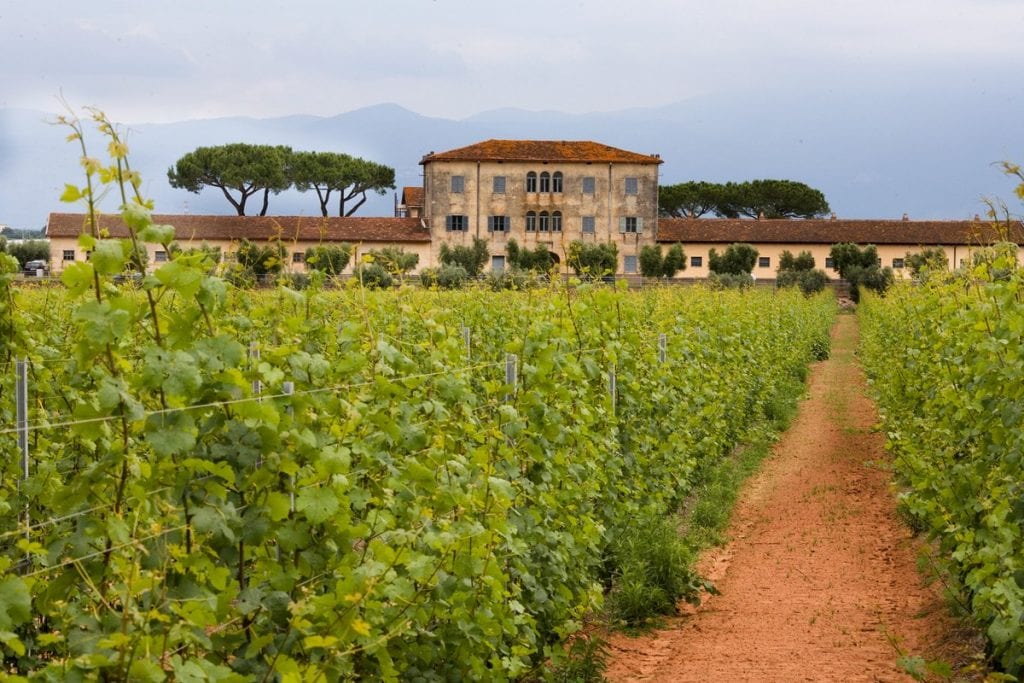
Casale del Giglio's wines
As for the present, we share a snapshot of our tastings for Vini d'Italia 2021; Bellone Anthium returns to the top of our preferences. The 2019 version opens hints of peach, melon and candied citron, for a coherent palate, of beautiful matter, savoury and with good length. When we ask Antonio for the perfect match, he has no doubts: “for our wines, we like to suggest local pairings. In this case, we are talking about Bellone planted in a vineyard near Anzio for which a traditional and characteristic "Sgavajone'' soup is the best match. It's a typical soup of the local fishermen: a broth made with a variety of inexpensive fish that often had no market and was consumed in the family.” The Bellone Radix '16 is also of high standard, macerated and aged in amphora, with hints of grapefruit, yellow flowers and beeswax, full-bodied, savoury and with good depth. The Faro della Guardia Biancolella '19, fresh and taut, betrays shades of Mediterranean scrub and yellow fruit. On the red front, we noted a great performance by Mater Matuta '17 (syrah 85%, petit verdot 15%) and Madreselva '17 (equal parts of merlot, cabernet sauvignon and petit verdot).
Anthium '19
The vineyard from which the Bellone hails and which gives life to Anthium is located behind Anzio from old, ungrafted vines that grow on marine soil. The 2019 version has hints of peach, melon and candied cedar, for a coherent palate, of beautiful material, savoury and of good persistence. We recommend it on the “Sgavajone” soup, a seafood preparation typical of the fishermen of Anzio.
Matidia '18
Matidia is produced exclusively with Cesanese grapes from a 30 year old vineyard in the territory of Olevano Romano, the cradle of this grape. The calcareous soil of the hills at an altitude of 500 meters allows to obtain a wine that smells of morello cherry and sour cherry, enriched by a slight spicy nuance. The mouth is fresh and supported by a marked tannic texture. We suggest pairing it with gnocchi ricci from Amatrice dressed with a mutton ragout and pork ribs.
Mater Matuta '16
Ancient Italic deity, whose temple was found near the winery. Blend of syrah (85%) and petit verdot (15%), vinified with different techniques, to give the wine the best characteristics of each grape variety. On the nose there are balsamic notes, dark coffee beans, violet and ripe cherry. The mouth envelops and seduces thanks to a perfect tannic texture. To be tasted with provolone made from buffalo milk aged in fresh syrah pomace.
by William Pregentelli

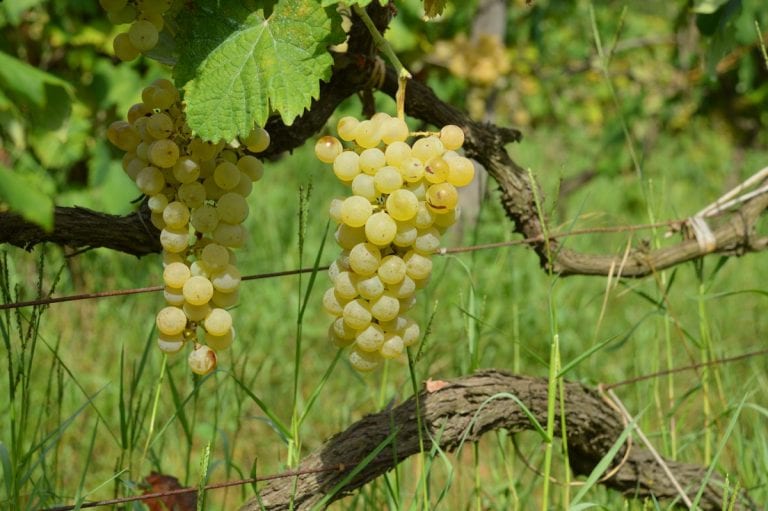
 What changes for the export of Italian wines to China under the new regulations?
What changes for the export of Italian wines to China under the new regulations? “Forget dealcoholised wines. The future is Komb(w)ine.” Moser and Ravizza present a new grape must-based product
“Forget dealcoholised wines. The future is Komb(w)ine.” Moser and Ravizza present a new grape must-based product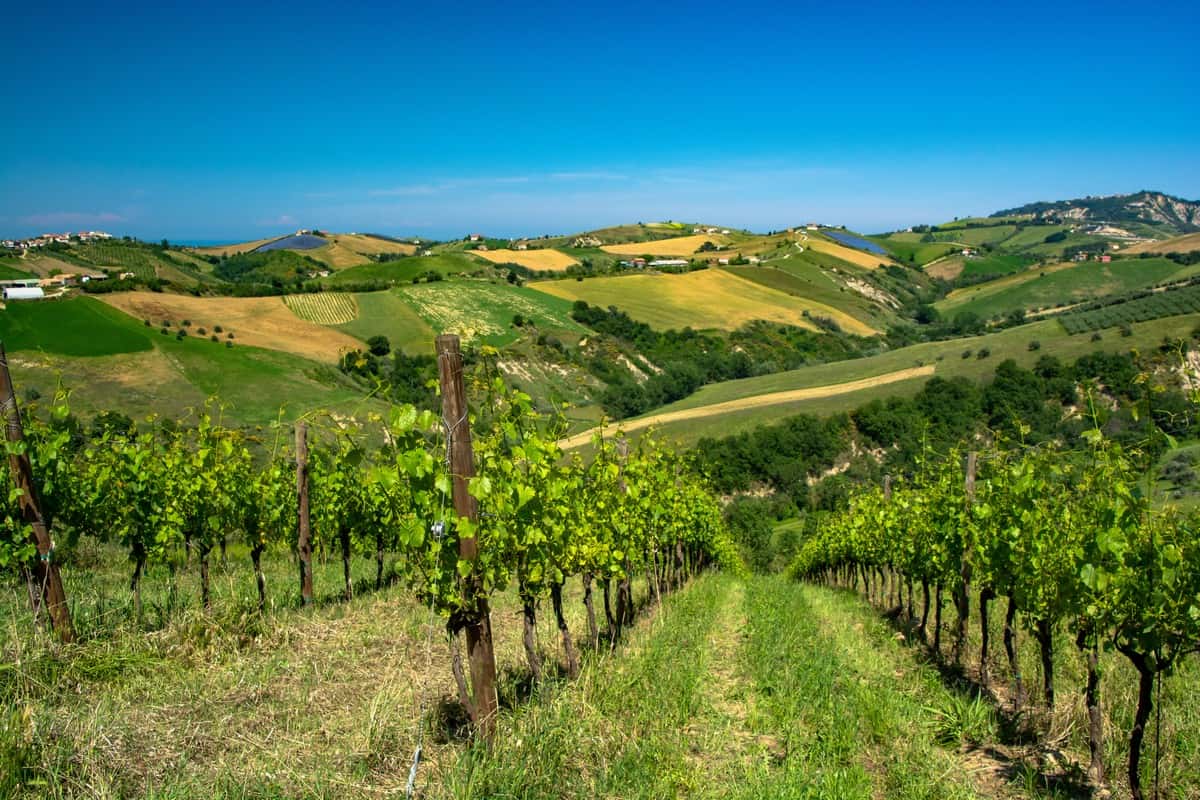 Global wine consumption at a historic low and vineyards in decline. The OIV report outlines a 2024 to forget
Global wine consumption at a historic low and vineyards in decline. The OIV report outlines a 2024 to forget Oenologist Riccardo Cotarella will also produce dealcoholised wine: "My first bottle will be out in October and it won’t be bad"
Oenologist Riccardo Cotarella will also produce dealcoholised wine: "My first bottle will be out in October and it won’t be bad"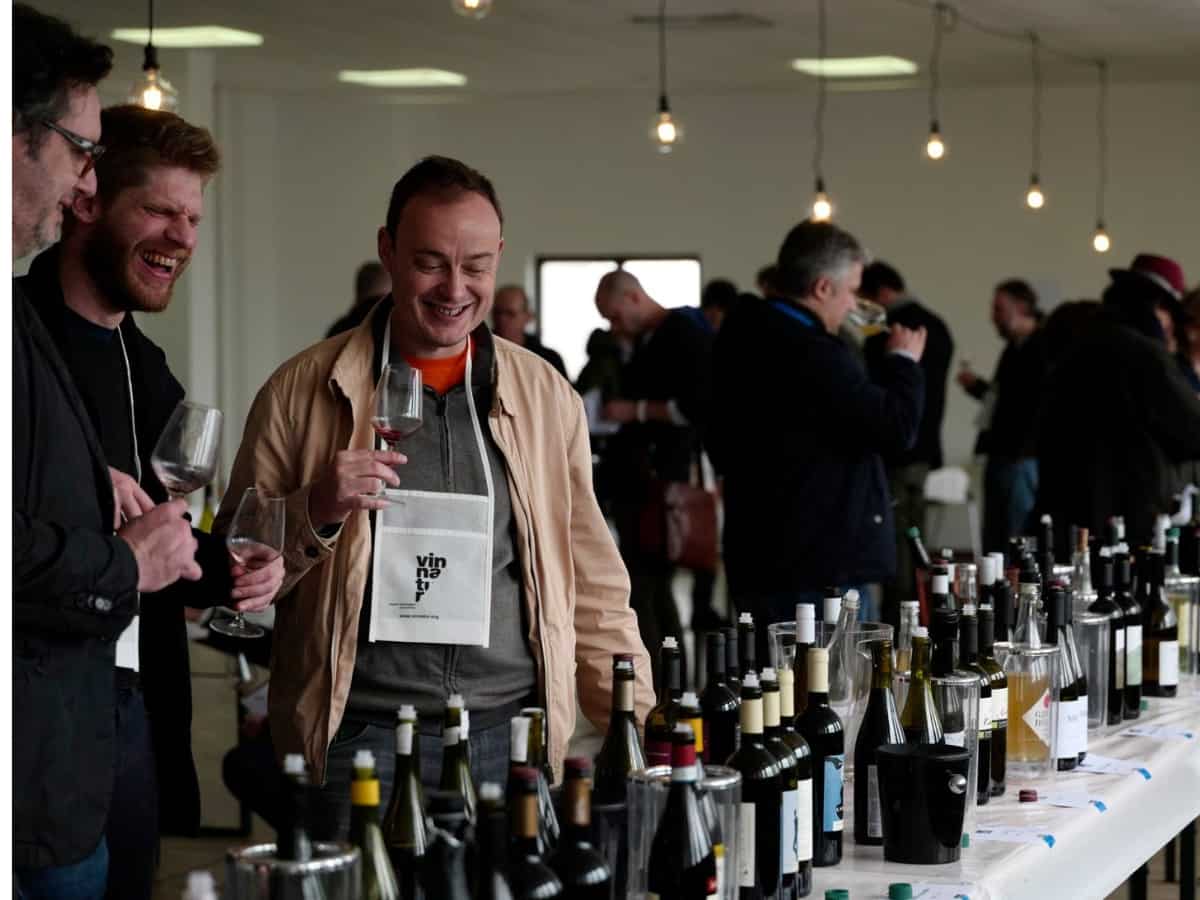 Dear natural wine world, enough with the constant polemics. If you don’t want to self-ghettoise, self-criticism is needed
Dear natural wine world, enough with the constant polemics. If you don’t want to self-ghettoise, self-criticism is needed



